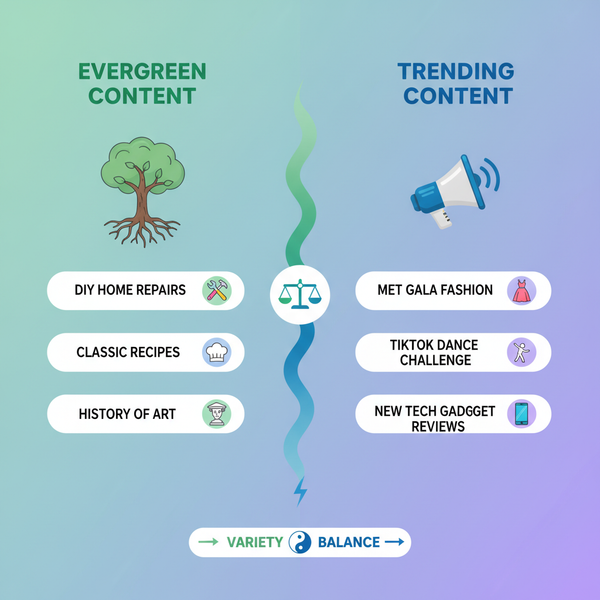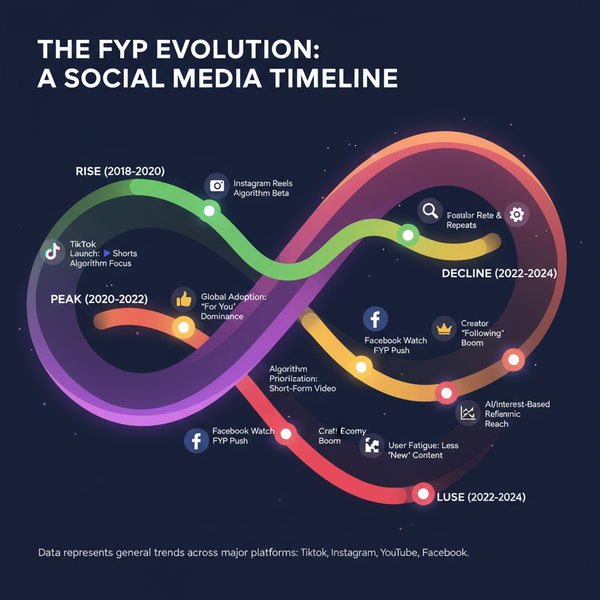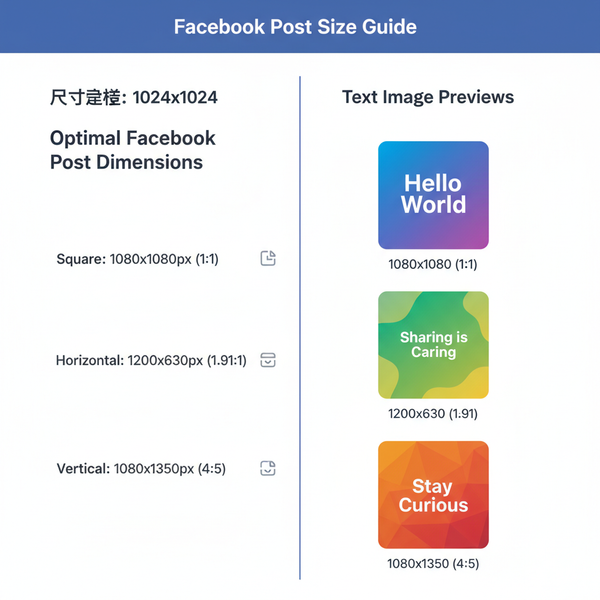How to Write an Effective Instagram Rant Without Backlash
Learn how to craft an Instagram rant that expresses passion effectively, avoids backlash, and keeps your audience engaged and supportive.

How to Post an Instagram Rant Without Losing Your Audience
An Instagram rant can be a powerful way to share your raw thoughts and raise awareness—but it’s also easy to alienate your audience if you post impulsively. This guide explains what an Instagram rant really is, why people post them, and how to strike the right balance between passion and professionalism so your message resonates rather than backfires.

---
Understanding What an Instagram Rant Is and Why People Post Them
An Instagram rant is typically a strongly worded post—be it in Stories, Reels, captions, or carousels—where someone shares frustrations, critiques, or passionate opinions about a certain topic. These rants can range from a short emotional burst to a carefully structured argument that spans multiple posts.
People post them for many reasons, including:
- Venting personal frustrations and finding emotional release.
- Raising awareness about social issues, injustices, or meaningful conversations.
- Responding to trends or events that spark strong reactions.
The challenge lies in expressing yourself passionately without alienating followers or creating unnecessary backlash.
---
Define Your Rant’s Purpose: Venting vs. Raising Awareness
Before you start typing, identify the primary goal of your rant. This will set the tone, style, and structure of your content.
- Venting – Best for personal release, with less focus on long-term discussion, but higher risk of being perceived as overly emotional or unconstructive.
- Raising awareness – Informative and persuasive, supported with facts and examples to prompt audience thinking and conversation.
Tip: If your goal is mixed—both venting and awareness—lead with facts, then integrate your emotional experience so your argument remains authentic yet credible.
---
Research Your Facts Before Posting to Maintain Credibility
Instagram audiences fact-check quickly, and misinformation can harm your brand and reputation.
- Double-check sources – Use reputable outlets, official data, or direct eyewitness accounts.
- Cross-reference claims – Consider multiple perspectives before drawing conclusions.
- Avoid hearsay – If something is unverified, label it as such.
Well-researched rants boost your credibility and help create constructive discussion, even among those who disagree.
---
Choose the Right Format for Your Rant
Different Instagram formats have unique strengths and weaknesses for delivering your message.
| Format | Pros | Cons |
|---|---|---|
| Stories | Ephemeral, casual, great for immediate thoughts; enables polls/stickers. | Disappear after 24h unless highlighted; limited discoverability. |
| Reels | High reach potential, video adds authenticity, trending audio available. | Requires video production skills, longer prep time. |
| Carousels | Good for structured arguments and incorporating visuals or data. | Requires design effort; lower engagement if users don’t swipe. |
| Captions | Simple, text-based, easy to pair with strong visuals. | Less dynamic than video; easier for users to scroll past. |
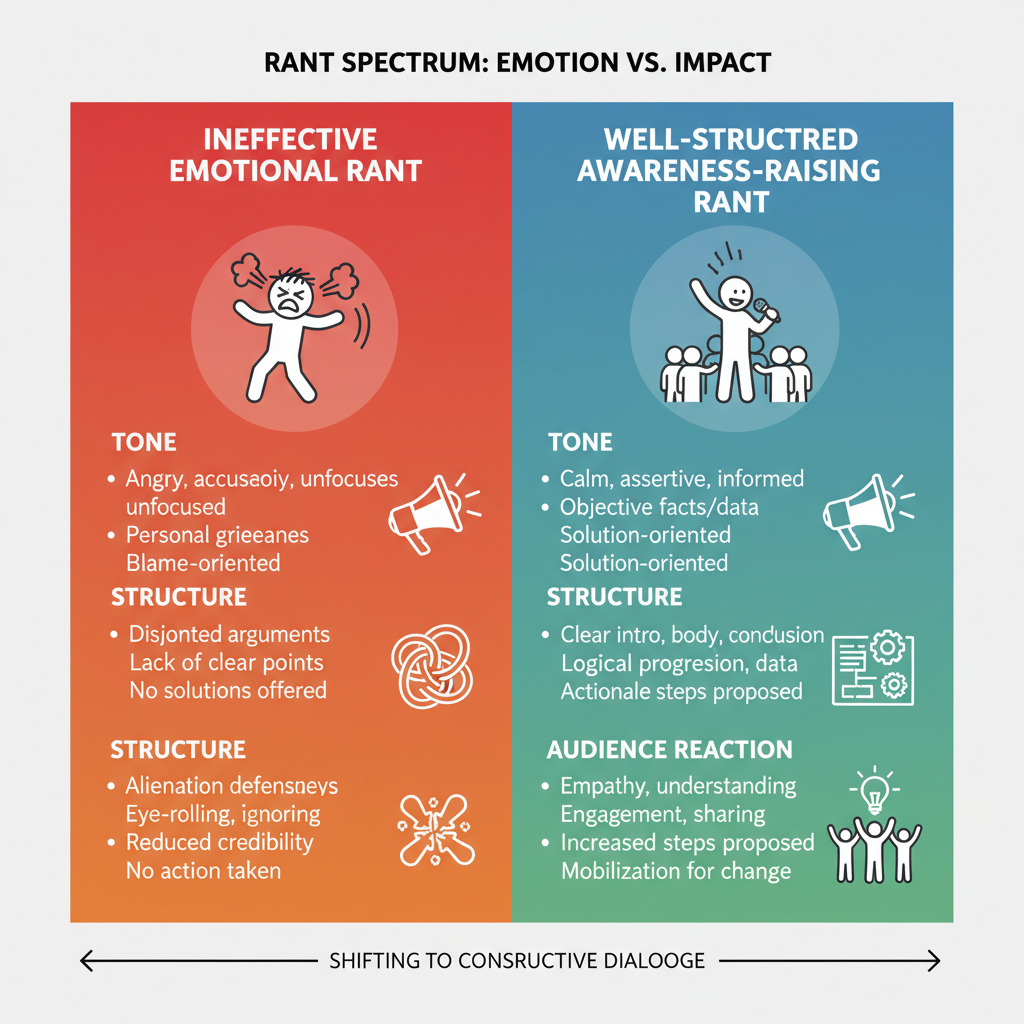
---
Balance Emotion with Clarity
Emotions make rants relatable; clarity ensures your point is understood.
- Lead with a clear thesis in the first line.
- Use concise, direct language instead of repetitive phrasing.
- Break complex ideas into digestible chunks.
Example opening:
> “I’m frustrated seeing misinformation spread about sustainable fashion, so let’s clear up three persistent myths.”
---
Use Attention-Grabbing Openings Without Alienating Followers
Instagram users decide in seconds whether to engage. Your opening—whether in Story text, Reel, or caption—should draw curiosity without attacking.
Effective hooks:
- “Here’s what no one is telling you about…”
- “I’ve kept quiet long enough, but this needs to be said…”
- “We need to talk about…”
Avoid:
- “If you disagree, unfollow me right now!”
- “Only idiots think…”
---
Include Context and Examples for Better Understanding
Without context, your rant might feel random or overly personal. Provide background:
- Reference relevant events, news, or data.
- Share short personal anecdotes tied to the topic.
- Use analogies to make complex ideas relatable.
This approach fosters empathy and keeps your message grounded.
---
Avoid Personal Attacks or Offensive Language
Criticize actions and ideas—not individuals. This prevents escalation and avoids being flagged.
Do:
- Focus on behavior or statements.
- Maintain a professional tone.
- Think about how diverse audiences might perceive your words.
Don’t:
- Resort to name-calling or stereotypes.
- Share private info or screenshots without permission.
---
Use Relevant Hashtags to Reach Your Ideal Audience
Hashtags influence visibility.
- Mix broad (#SustainableFashion) and niche (#SlowFashionCommunity).
- Use 5–10 targeted tags.
- Avoid unrelated viral tags, which dilute engagement.
---
Invite Constructive Conversation
Rants that encourage dialogue create loyal communities.
- End with a clear question: “What’s your perspective on this?”
- Use polls or question stickers in Stories.
- Acknowledge respectful counterpoints in replies.
---
Moderate Comments to Keep Engagement Healthy
Strong opinions invite strong reactions. Set boundaries for interaction.
- Remove hate speech or harassment.
- Pin respectful or insightful replies.
- Use “restrict” or “limit” features for problem users.
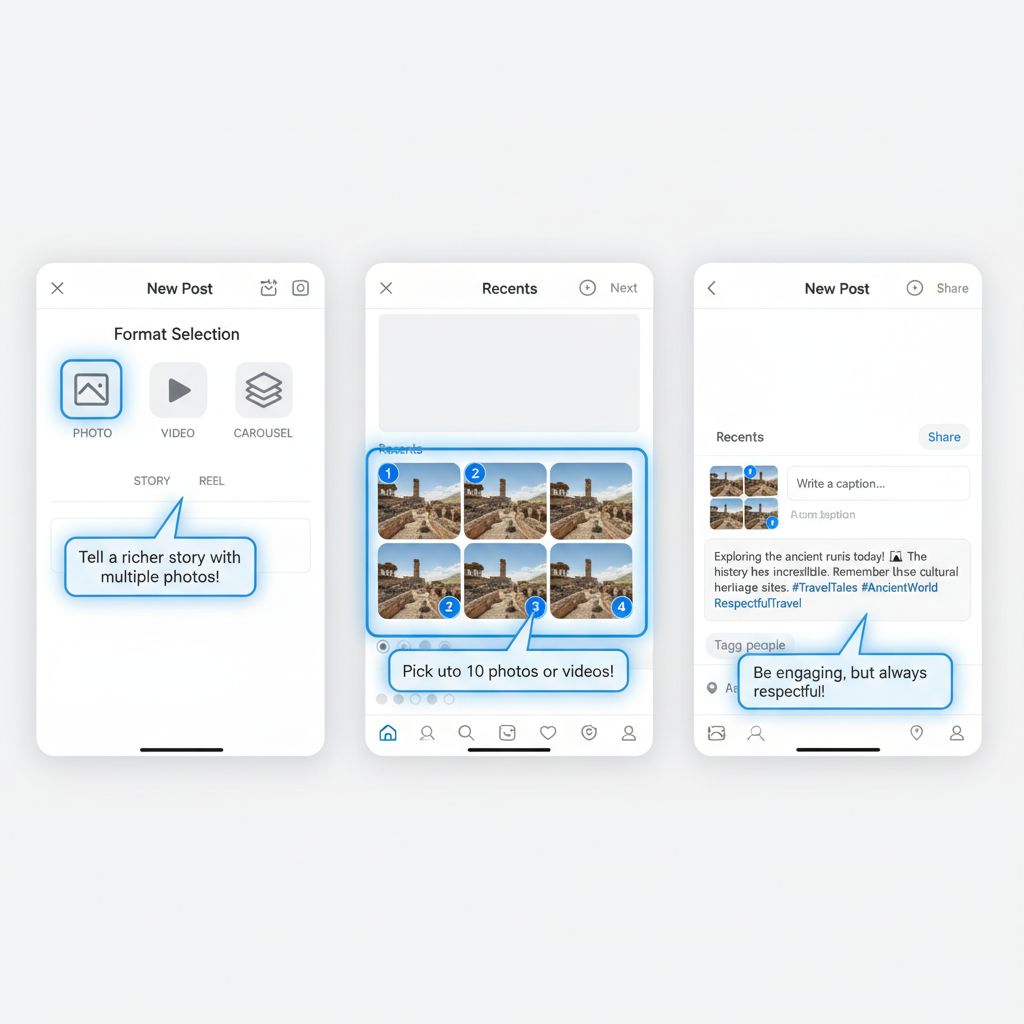
---
Recognize When to Delete or Edit Posts
Sometimes, despite good intentions, a rant needs revising.
- Check for factual errors.
- Reassess tone after emotions settle.
- Act if trusted friends give valid delivery feedback.
Owning mistakes demonstrates maturity.
---
Learn from Your Audience’s Reaction
Every rant offers clues about your followers.
- Which parts gained most engagement?
- Did debates remain civil?
- Was the primary objective achieved?
These insights refine your future communication.
---
Best Practices for Emotional Self-Care When Sharing Strong Opinions
Posting can be stressful when engagement is intense.
- Pre-post cool-off: Wait before hitting publish.
- Limit screen time: Don’t constantly check feedback.
- Confide privately: Share feelings with friends, offline.
- Detach emotionally: Disagreement isn’t personal rejection.
---
Final Thoughts
An Instagram rant doesn’t need to become a public relations crisis. By defining your purpose, fact-checking thoroughly, choosing the right format, and balancing emotional authenticity with respectful delivery, you can share your perspective with impact—without losing your audience.
Approach your online voice as a thoughtful blend of passion and accountability. Start applying these tips in your next post to spark meaningful conversation while protecting your credibility and community.

